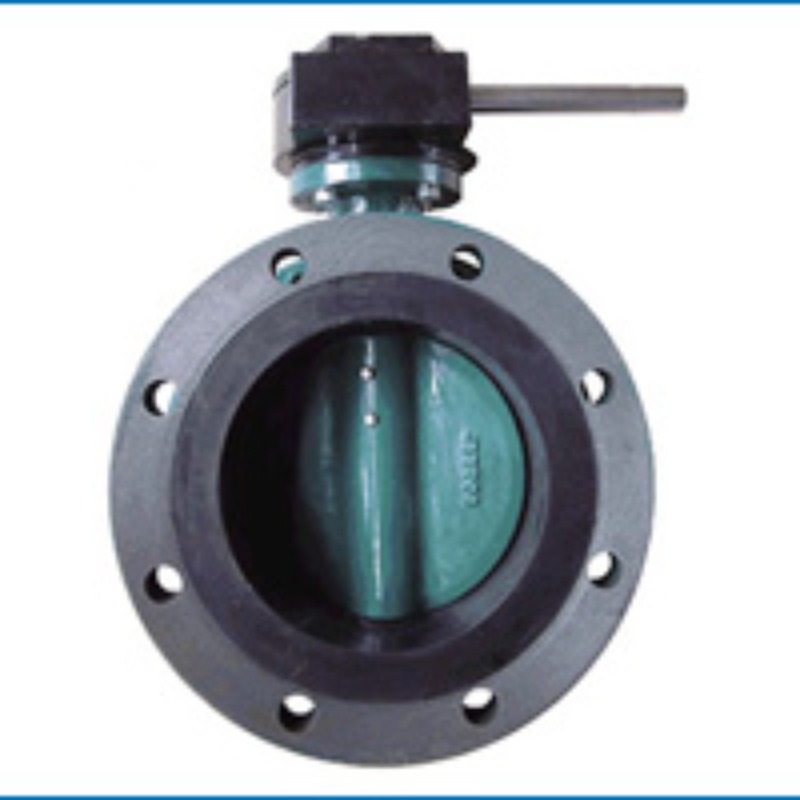Dec . 11, 2024 10:55 Back to list
Understanding the Functionality and Applications of Ball Check Valves in Fluid Systems
Understanding Ball Check Valves Functionality and Applications
Ball check valves are essential components in fluid control systems, providing an effective solution for preventing backflow and ensuring that fluids flow in the desired direction. This article delves into the workings, benefits, and diverse applications of ball check valves, highlighting their significance in various industries.
What is a Ball Check Valve?
A ball check valve is a type of one-way valve that utilizes a ball, typically made from materials like plastic, rubber, or metal, to obstruct the flow of fluid when it attempts to reverse direction. The valve consists of a spherical ball seated within a valve body, which is designed to fit snugly in a certain position. Under normal operating conditions, fluid pressure pushes the ball away from its seat, allowing fluid to flow through the valve. However, when the pressure decreases or reverses, gravity and the fluid's weight cause the ball to fall back into its seat, sealing the valve and preventing backflow.
Key Features and Advantages
1. Reliability One of the primary advantages of ball check valves is their reliability in preventing reverse flow. This capability is crucial in applications where backflow can lead to contamination or damage.
2. Simplicity of Design The design of a ball check valve is relatively simple, consisting of a few moving parts. This simplicity translates into fewer points of failure, making them dependable and easy to maintain.
3. Versatility Ball check valves can be installed in various orientations, including horizontal, vertical, and inclined positions, adding to their versatility in different settings.
4. Low Maintenance Given their substantial durability and straightforward design, ball check valves require minimal maintenance, which is particularly beneficial in industrial environments where reducing downtime is critical.
5. Flow Efficiency These valves offer low resistance to flow, which means they do not significantly impede the fluid’s movement through the system, increasing overall efficiency.
ball check valve

Applications of Ball Check Valves
Ball check valves are widely used across multiple industries due to their effectiveness and reliability. Here are a few notable applications
1. Water Supply Systems In municipal water supply systems, ball check valves help prevent backflow that could result in contamination of potable water. Their ability to automatically close in response to reversing flow makes them crucial for safeguarding water quality.
2. Sewage and Waste Management Ball check valves are used in sewage lift stations and other waste management systems to prevent backflow of sewage and wastewater, thereby protecting both infrastructure and public health.
3. Hydraulic Systems In hydraulic applications, ball check valves ensure that hydraulic fluids flow in one direction, protecting pumps and other components from potential damage caused by backpressure.
4. Petroleum and Gas Industries These valves are often employed in oil and gas pipelines to control the direction of flow, ensuring that the extraction and distribution processes remain uninterrupted and efficient.
5. Chemical Processing In chemical processing plants, ball check valves play an important role in preventing contamination and ensuring that corrosive or hazardous fluids do not backflow into pipes and tanks.
Conclusion
Ball check valves represent a critical component in fluid control systems across various sectors, providing reliable, low-maintenance solutions to prevent backflow. Their simple yet effective design, coupled with their versatility and efficiency, makes them an indispensable tool in numerous applications, from municipal water supply to complex industrial systems. As industries continue to prioritize safety and efficiency, the role of ball check valves is likely to become even more significant in the years to come. Understanding their functionality and applications can help engineers and technicians select the right valve types for their specific needs, ultimately contributing to the overall effectiveness of fluid management systems.
Share
-
Reliable Wafer Type Butterfly Valves for Every IndustryNewsJul.25,2025
-
Reliable Flow Control Begins with the Right Ball Check ValveNewsJul.25,2025
-
Precision Flow Control Starts with Quality ValvesNewsJul.25,2025
-
Industrial Flow Control ReliabilityNewsJul.25,2025
-
Engineered for Efficiency Gate Valves That Power Industrial PerformanceNewsJul.25,2025
-
Empowering Infrastructure Through Quality ManufacturingNewsJul.25,2025